Description

Parameters and Specifications:
- Type: Field Control Processor 270 (FCP270)1
- Memory:
- SDRAM: 16 MB
- Flash Memory: 32 MB1
- Input Voltage (Redundant Voltage): 24 V DC typical1
- Power Consumption (per Non-Fault-Tolerant Module): Max 8.5 W1
- Operating Temperature: 0 to +60°C (+32 to +140°F)1
Dimensions and Weight:
- Size: Length 14.7 cm, Width 5.15 cm, Height 11.4 cm123
- Weight: 0.6 kg123
- Shipping Weight: 1.5 kg1
Series:
- FCP270 belongs to the FOXBORO (now Schneider Electric) series of field control processors1.
Features:
- Executes regulation, logic, timing, and sequential control together with connected Fieldbus Modules (FBM)2345.
- Performs data acquisition, alarm detection, and notification234.
- Supports up to 32 200-series FBMs2345.
- Supports up to 128 200-series FBMs with Fieldbus Extension Module 100 (FEM100)34.
- Supports up to 64 100-series FBMs23.
- Does not require a Fieldbus Communication Module23.
- Connects to the MESH control network via standard optical fiber 100 Mbps Ethernet34.
- Uses a robust die-cast aluminum enclosure23.
- Can operate in harsh G3 environments34.
- Supports FBI200 or FBI100 with 2 Mbps or 268 Kbps HDLC Fieldbus, allowing connection to 200-series and 100-series FBMs23.
- CE certified34.
Functions:
- FCP270 is a field control processor used in industrial automation and process control systems567.
- It is involved in a wide range of applications such as industrial process control, temperature control systems, pressure and flow control, level monitoring and control, as well as data acquisition and monitoring46.
- It receives various signal inputs and performs corresponding control operations based on preset logic and algorithms46.
- It is used in various industries such as manufacturing, power industry, building automation, medical equipment, traffic and transportation signal systems, environmental monitoring, agriculture, and laboratory equipment46.




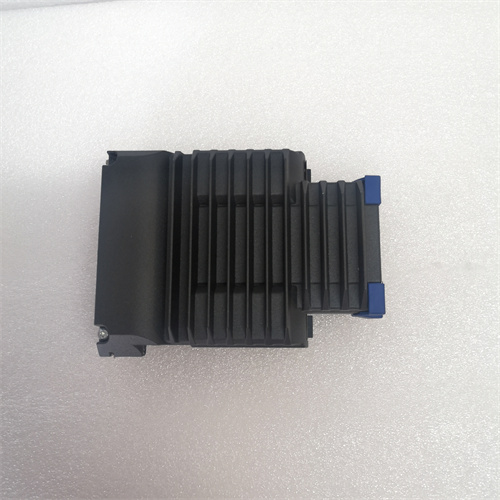
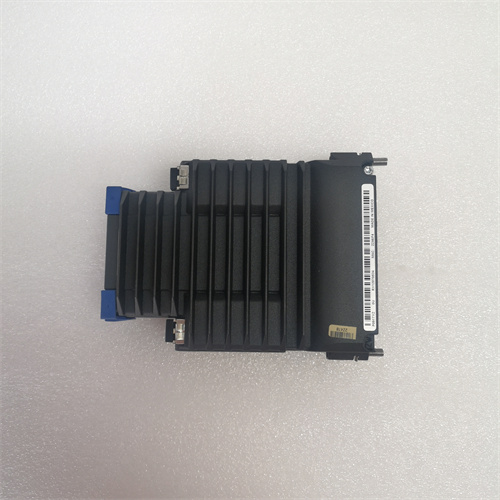
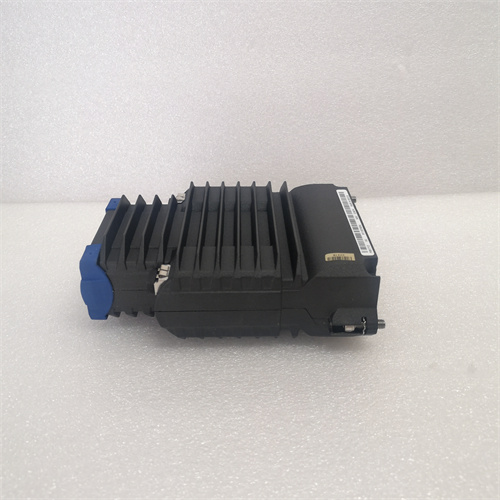




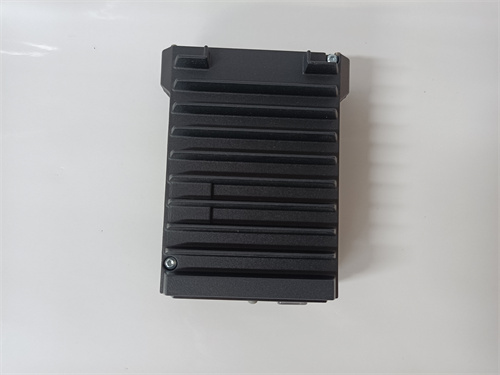

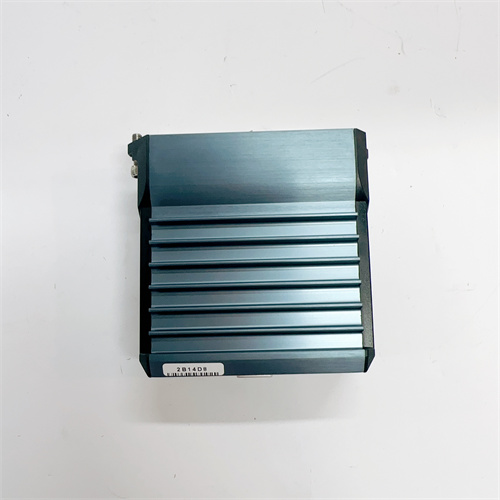
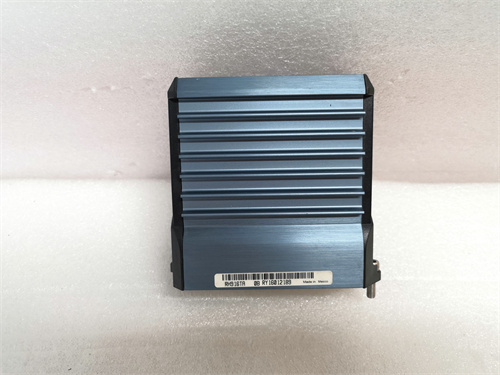
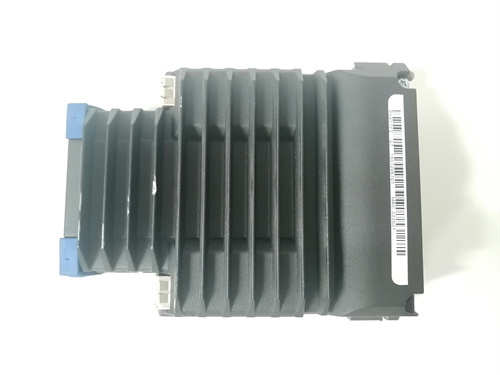
Reviews
There are no reviews yet.